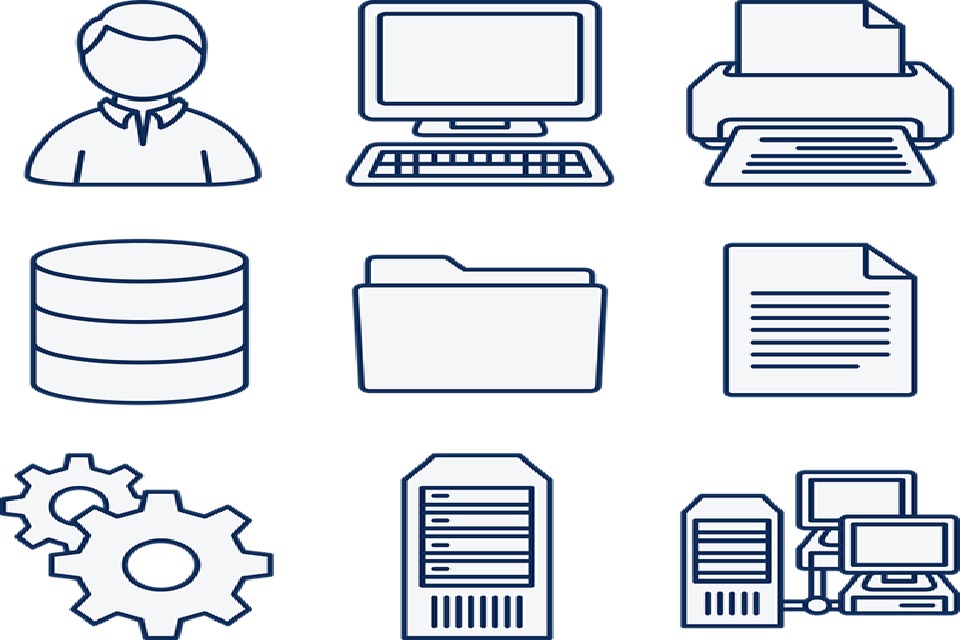


18 August 2021
When it comes to managing your assets, there are primarily two kinds of maintenance and asset management software available in the market – EAM or an Enterprise Asset Management Software, and CMMS or Computerized Maintenance Management Systems. Both the solutions offer asset management and maintenance and are alike in many ways, but there remains a fundamental difference between the two in terms of the functionality and common use. This had led to quite some confusion as to which should be purchased by an organisation.
To give you a better picture, we have broken down the key differences between EAM and CMMS software solutions to aid you in choosing the right kind of software for your organisation.
Both CMMS and EAM systems are geared towards providing maintenance solutions for a corporation, both offer cloud-based subscriptions and offer features such as inventory and asset management. But then what is the difference between these two systems?
EAM is an asset lifecycle management system that supports asset performance, from acquisition to disposal, maintenance as well as management. CMMS, on the other hand, can be considered as one aspect of an EAM system wherein it focuses on accumulating the information required to facilitate maintenance and management processes of those assets automatically, hence the name Computerized Maintenance Management System. CMMS is sometimes also confused with CAFM solutions which aid facility managers automate several aspects of the facility management, including the use of real estate.
If the core requirements of your organisation are focused on maintenance then purchasing CMMS software would be a better fit. But if your needs are focussed on assets as a whole, involving their lifecycle, repairs, upgradation and not limited to their maintenance and management, then an EAM system is the one you should go for. Further, you can analyse the benefits offered by each kind of solution and then determine which type of software might be a better fit.
(conclusion)
A Computerised Maintenance Management System or CMMS tracks maintenance, repair and operations of the assets but lacks wider capabilities as offered by an EAM system that tracks the complete asset life cycle. Weigh your needs against both these options, and their benefits, before choosing the one for your organisation.
Thank you for your details. Please click here for more details.